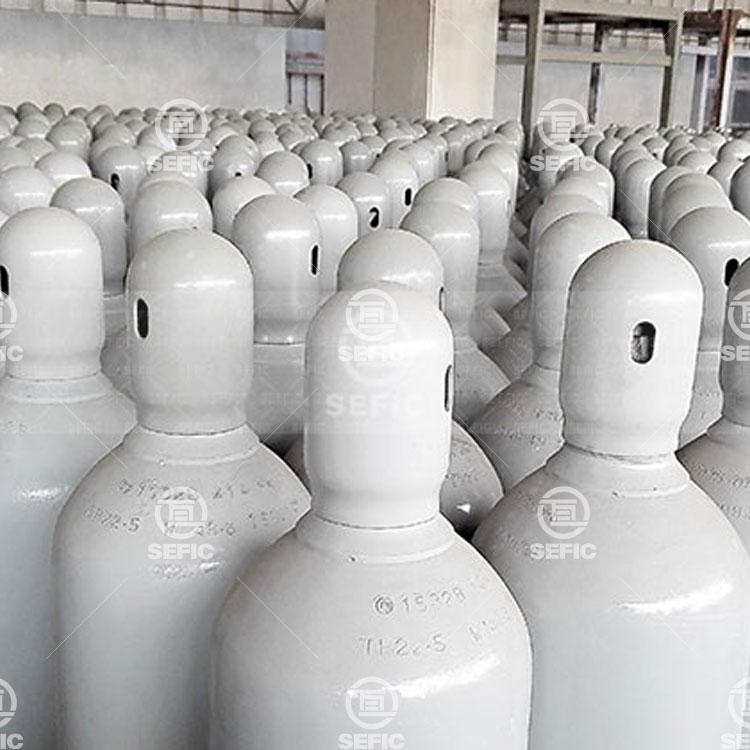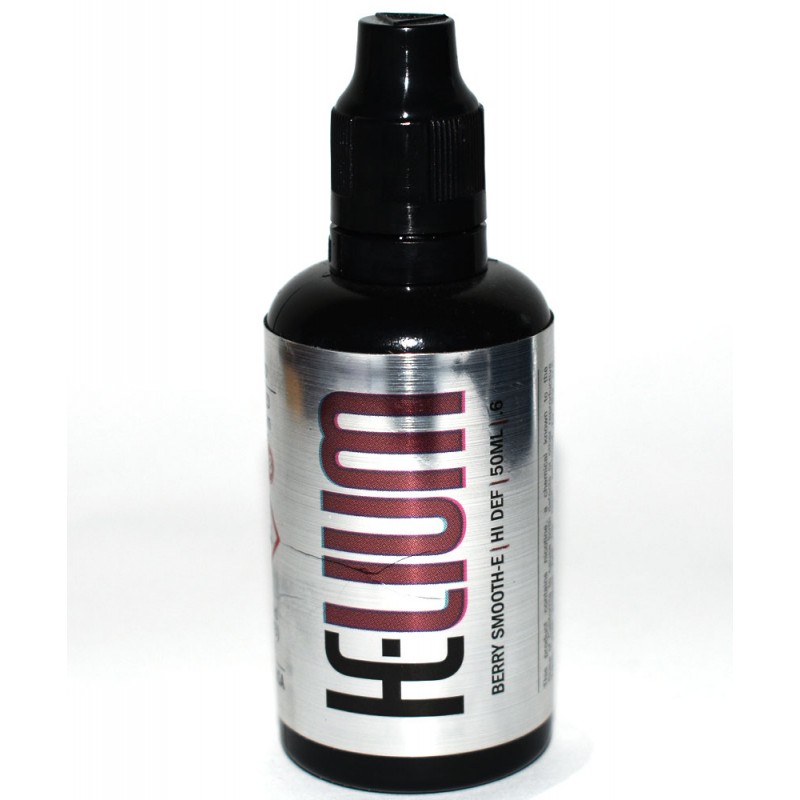
Bureau of Land Management noted that from 2017 to 2018, helium increased from $119 per thousand cubic feet (Mcf) to $280/Mcf. Statistics are hard to come by, but the last publicly available price put out by the U.S. Royal Helium would be entering the market at a time of exponential increases in the price of helium. Also of note, using actual declines from helium wells in Saskatchewan, management expects wells drilled on its lands to have a useful life of ~10 years." With wells to cost ~$1.5-2.0 MM per well and assuming rates of ~3 MMcf/d and 1% helium, a single well can be expected to payout in under one year. "That gives us October to get all of our permits, have everything lined up and start building the drill sites, and then we'd like to be in the ground by November 1."Ĭormark analyst Michael Mueller wrote on July 29 that the sale of Royal Helium's "raw helium gas is expected to bring in prices of ~US$250/Mcf (~$340/Mcf) while operating expenses are assumed to be ~$30/Mcf based on data from actual helium wells in the area. "We are out financing and expect to have that done in the next month or so," Davidson said. The company is looking to begin drilling shortly and now is in the process of raising capital. This would add a second revenue stream to the company and would serve to increase cash flows from production. The technology to convert nitrogen into urea for fertilizer exists and Royal believes it can be bolted on to any permanent facility that it eventually builds. "We plan to capture the nitrogen as a byproduct and concentrate it and turn it into fertilizer," Davidson said. The gas on Royal Helium's land also contains nitrogen. From there, you truck it to wherever you have sold it, or to further upgrading if required," Davidson explained.
#HELIUM PRICE SERIES#
They come as a series of Sea-Can shipping containers that you plumb into the wellbore and it processes the gas. Those are both options for us, but initially, we are going to use the mobile technology. "There are mobile facilities that you can move from site to site, and there are permanent facilities. Once a well is drilled, a purification system is installed on site.

Davidson said, "Now we need to actually go in there and poke some holes in the ground and see what comes out." Royal Helium has conducted seismic and magnetic surveys, focusing on two areas initially, Climax and Bengough, and has identified seven drill targets at Climax and five at Bengough. The only difference is that we have to go deeper: 2,500 meters is the depth of hole here." There's no horizontal drilling or fracking it's just old fashioned conventional vertical wells. "The nice thing about helium drilling in Saskatchewan is its simplicity.

The company is the second largest helium landholder in North America and Saskatchewan's largest home-grown holder of helium permits and leases: it has acquired 205,417 hectares and has applied for an additional 164,068.ĭrilling helium is the same as drilling any other natural gas well, Davidson said. And that helium is available in economic quantities," Royal Helium CEO Andrew Davidson told Streetwise Reports.Īnd that area in southern Saskatchewan is where Royal Helium has been acquiring land. "However, an area in southern Saskatchewan has a thick shale cap that traps the helium gas beneath it and prevents it from percolating up through the ground and out into the air and then into outer space. Saskatchewan has lots of uranium-the Athabasca Basin in the north is one of the world's premier uranium deposits-but helium is such a small molecule it escapes from nearly everywhere and ends up in the atmosphere. Helium, an inert gas, is produced by the decay of uranium and thorium, and much of it is produced as a byproduct of conventional natural gas production. We see the emerging North American helium sector as an exciting opportunity for investors to gain exposure to small-cap companies that are leveraging conventional oil and gas expertise, and in some cases exploiting existing natural gas discoveries, to tap into the tremendous economics offered by helium extraction." Royal Helium is one of five companies Cormark highlighted in the report. In a July 29 report on helium, Cormark Securities analyst Michael Mueller noted that "rapidly increasing demand for helium from a variety of high-growth sectors has brought some spectacular price increases for this coveted noble gas. (RHC:TSX.V), a small-cap helium pure play, is positioned to take advantage. The price of helium has gone sky high over the last few years, and Royal Helium Ltd.


 0 kommentar(er)
0 kommentar(er)
